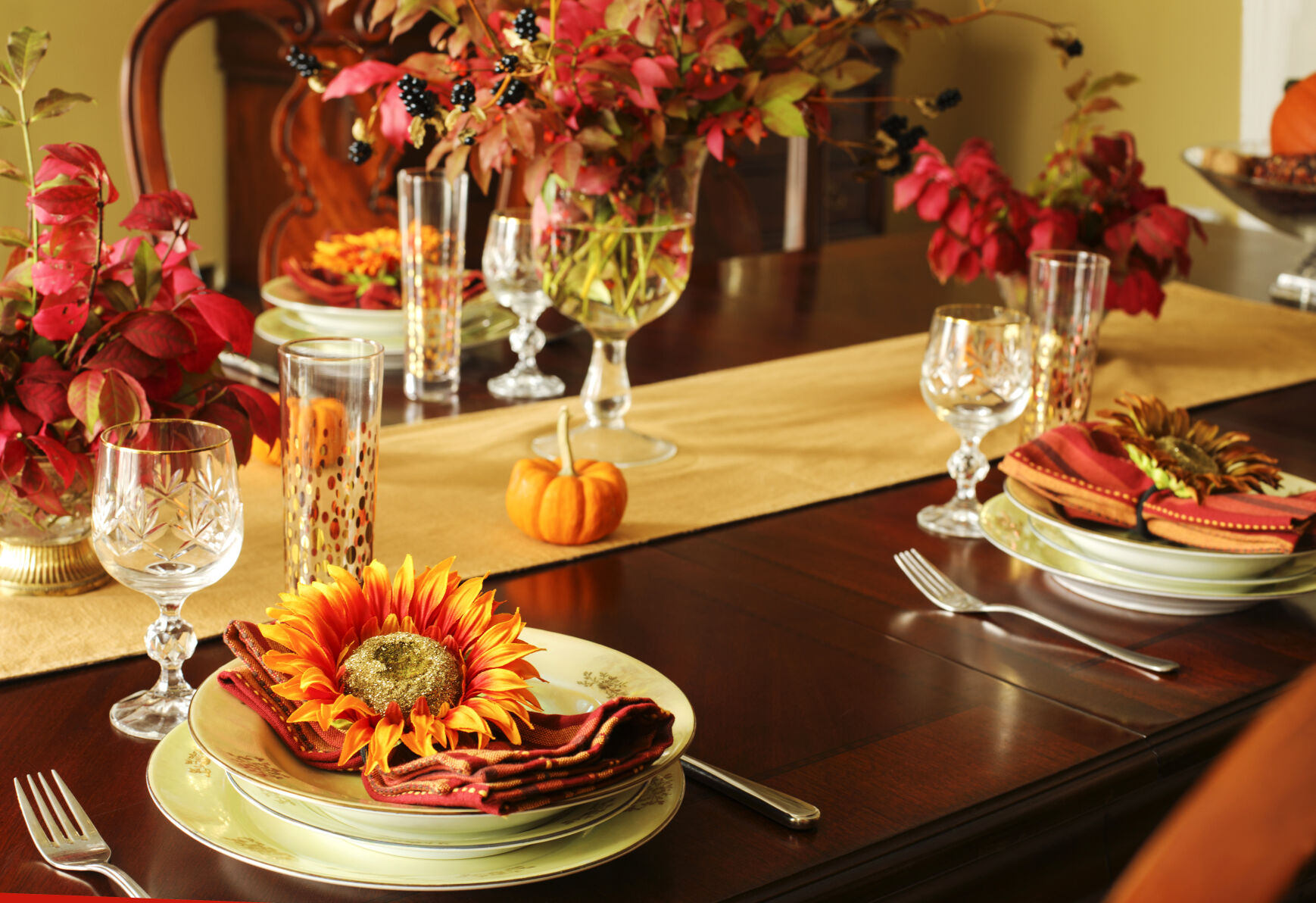It often is said that the kitchen is the “heart” of the home, where a family often gathers as well as entertains its guests.
An extension of this often is one’s dining space. These two areas of the home lend themselves to specific needs relating to gathering, aesthetics and functionality.
When it comes to dining spaces, these days, many homeowners also might desire flexibility. From size, shape and materials, there are several options to evaluate and consider when selecting both tables and chairs for your home.
Tables
Tables come in all shapes and sizes as well as finishes. The first place to start should be size, then shape.
Table selection tips
• Measure your space to determine the “footprint” needed for your table.
• Evaluate what size would work best. Typical shapes include rectangular, oval, round and square.
• Select your desired table material based on durability, design aesthetics and budget.
Materials
Wood
Wood is a great choice when looking for durability. From tables that are intended for more formal dining rooms to those that are made by artisans, you can’t go wrong with wood.
Lacquer
Lacquer is a popular choice for those looking for a modern, sleek vibe. Lacquer also can allow one to integrate unique or custom colors into a space.
Glass
Glass is an ideal choice for smaller spaces as its transparency instantly allows a space to feel open and airy as opposed to closed in.
Shapes
• If working with smaller rooms or spaces, oval or round is the best solution as it allows for increased circulation and flow.
• Square tables work well in small environments such as studio apartments or where there is a need to seat two to four people.
• Rectangular tables are ideal for larger rooms and for those looking to accommodate large groups of people at a single table.
Shopping hacks for chairs
Dos
• Do buy chairs for comfort.
• Do buy one to two extra chairs in case one gets damaged, and you are unable to source.
• Do source locally when possible.
Don’ts
• Don’t purchase chairs in fabrics or materials that are hard to clean or become easily damaged.
• Don’t ignore durability elements such as solid construction.
• Don’t purchase chairs in odd numbers. Instead, think of purchasing as a set or grouping.
Cathy Hobbs, based in New York City, is an Emmy Award-winning television host and a nationally known interior design home staging expert and short-term rental/vacation home designer with offices in New York City and The Hudson Valley. Contact her at info@cathyhobbs.com or visit her website at cathyhobbs.com.















